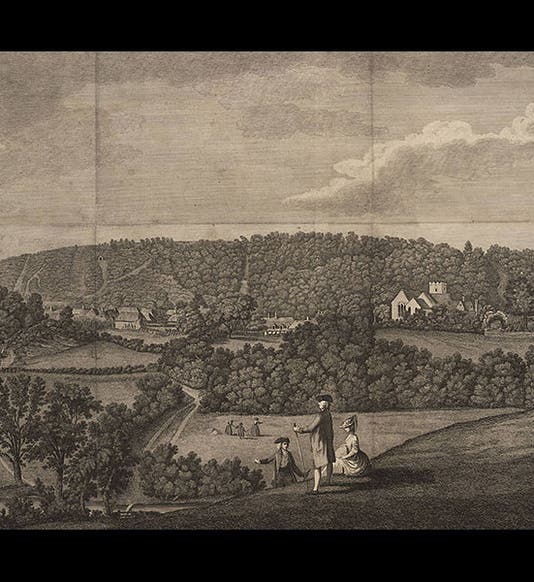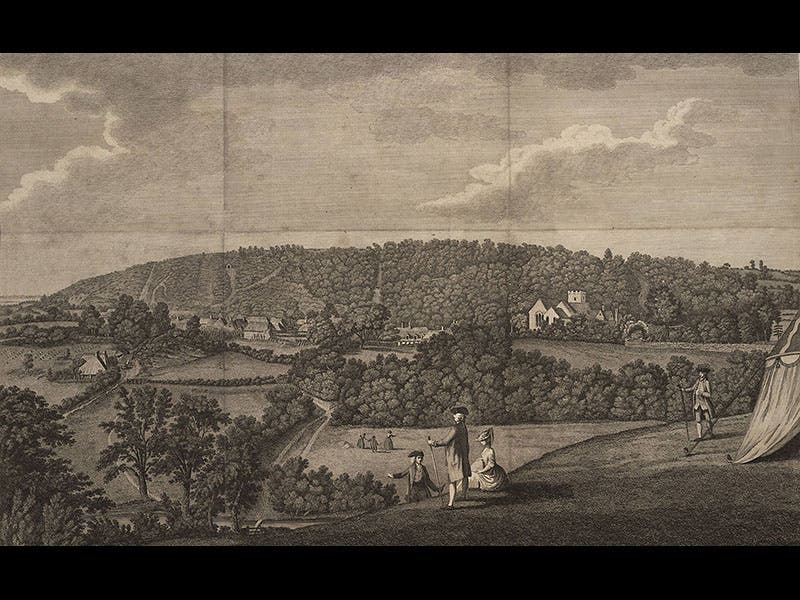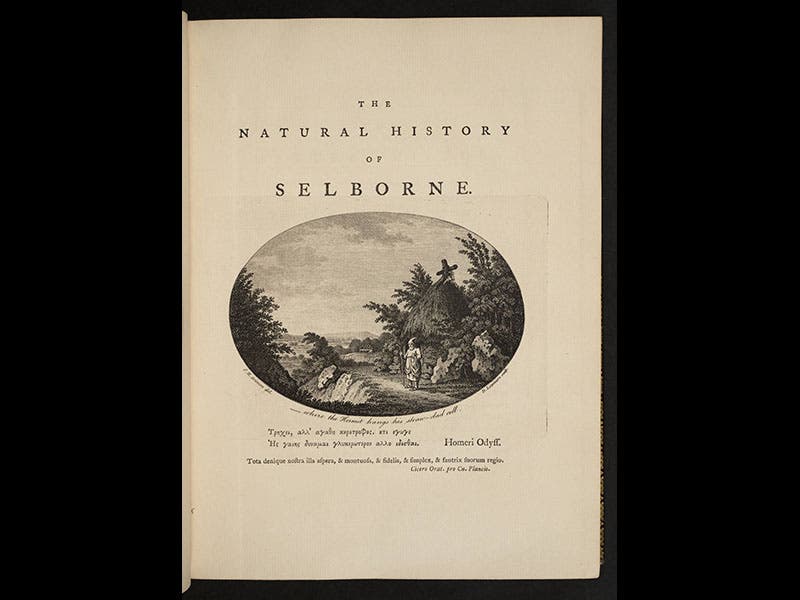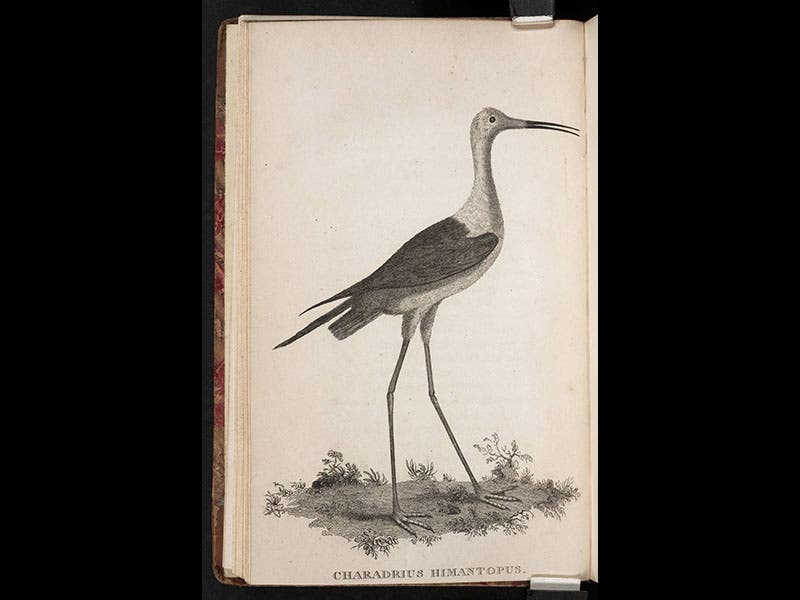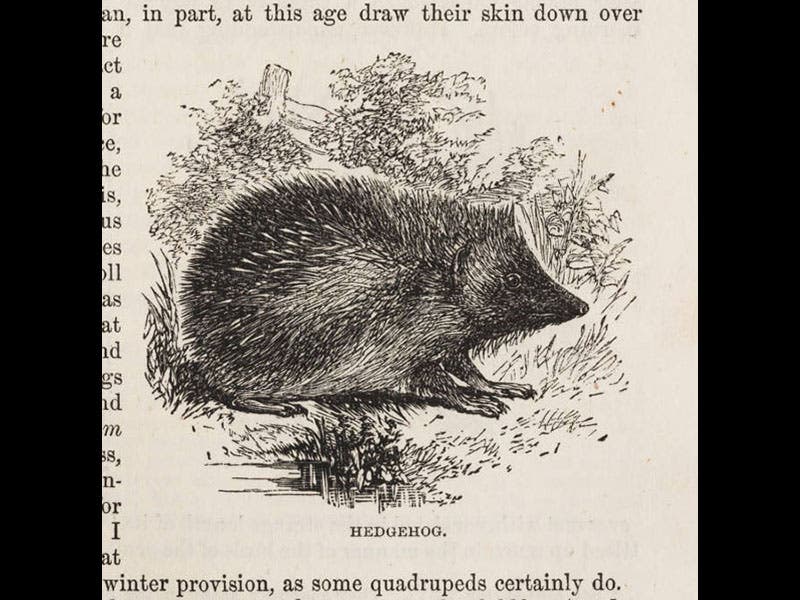Scientist of the Day - Gilbert White
Gilbert White, an English cleric and naturalist, was born July 18, 1720, in Selborne, a hamlet in East Hampshire, southwest of London. After an education at Oxford, White returned to the family home, The Wakes, and spent the last 30 years of his life observing the birds, mammals, fish, insects, and the general passing of the seasons at his parochial parish. He kept a daily diary of natural events, such as the first appearance of various migrating birds, or the effect of a dying tree on the ecology of an area (to use a word, ecology, which did not yet exist, but the spirit of which White certainly embraced). As an example of the kind of thing that caught his eye, one day he brought home a tiny round sphere of woven grass that he found on a thistle; it was the size of a cricket ball, and it contained 8 tiny blind and naked mice. The nest had no entrance, and he marveled at how the mother could feed the young, since there was no room for her in the inn. The young and the mother were harvest mice, which at the time were an unknown species, and were first noticed by White because, well, he noticed things.
After a period of observing and recording, White began mining his diaries for interesting tidbits that he organized into letters that he sent to two friends, Thomas Pennant and Daines Barrington. In 1789, he collected these letters into a book, The Natural History of Selborne. This book is the most popular work of natural history in the English language, far outselling Charles Darwin and John Muir and any other naturalist you care to mention. Selborne has gone through well over 200 editions since publication. We have 20 of them in the Library. We show above the frontispiece (a view of Selborne, first image) and title page of the first edition (second image), a black-winged stilt from an 1825 edition (third image), the gold-embossed cover of the 1843 edition (fourth image), and a detail of a hedgehog from the 1853 edition (fifth image). If you have never read Gilbert White, find any edition you can (there are many still in print) and plunge in. The book will charm you from the first natural encounter, we guarantee it.
There is only one portrait in the National Portrait Gallery of White, a mezzotint that dates from the early 20th century and so is hardly contemporary. But since it is all we have, we included it in the image stream above (sixth image). We are guessing he had more of a twinkle in his eye than seen here.
Dr. William B. Ashworth, Jr., Consultant for the History of Science, Linda Hall Library and Associate Professor, Department of History, University of Missouri-Kansas City. Comments or corrections are welcome; please direct to ashworthw@umkc.edu.

